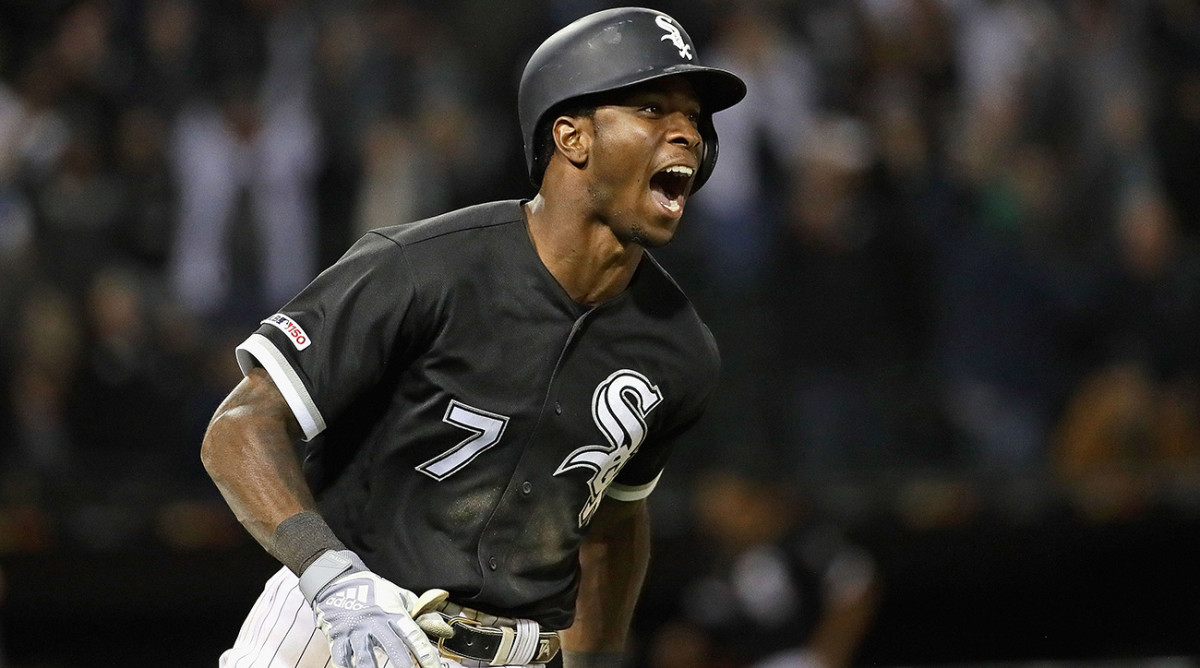By: Zachary Draves
Chicago White Sox’s shortstop Tim Anderson, who admitted to never seeing Field of Dreams, wrote out the script for the sequel to the 1989 classic in dramatic fashion.
He hit a two-run homer in the bottom of the ninth against the New York Yankees in the “Field of Dreams” game that was set in Dyersville, Iowa on August 12, the same location where the iconic movie starring Kevin Costner, James Earl Jones, and Ray Liotta was shot and captured hearts.
The game showed the best of what baseball has to offer with the Yankees scoring 4 runs in the top of the 9th off a two-run homer by Aaron Judge and a go-ahead blast by Giancarlo Stanton that put the Bronx Bombers up 8-7 until Anderson gave us a better ending than the movie itself.
It was also fitting for someone like Anderson to be the one who came through in the clutch not just because of his superb talent but because he brings an excitement and energy that baseball is not only lacking but is trying to suppress.
Baseball prides itself as being the National Pastime and embodying a certain aspect of tradition but that is not doing wonders when it comes to growing their fan base.
The following link from thebaseballcube.com shows a rapid decline in fan engagement with baseball based on ticket sales alone.
https://howtheyplay.com/team-sports/Baseball-A-Changing-Landscape
Mixed that in with an overemphasis on (white) nostalgia, longer games, an aging fan base, the game becoming more regionalized, and a younger generation not playing the game, baseball is clearly stuck.
That is why a guy like Tim Anderson is perfect to be the face of baseball because he has an appeal to the demographics that the game has turned away.
He is young, gifted, and black.
He follows in the tradition of black players in baseball from Jackie Robinson to Larry Doby to Willie Mays to Roberto Clemente in the sense that he plays with a style and flair that not only is exciting to watch on the diamond but is very much rooted in a cultural tradition.
A tradition of taking something out of very little and making it one’s own and the freedom of playing on one’s terms.
“The fight to be yourself and his attitude of wanting to be free is a continuation of players like Larry Doby” says Dr. Louis Moore, Associate Professor of History at Grand State Valley University.
“This is where the game needs to go.”
That philosophy is very much in line with the ethos of hip-hop culture with which Tim is very closely associated.
He walks, talks, and breathes hip hop every time he steps onto the diamond much in the same way as Darryl Strawberry, Dwight Gooden, Ken Griffey Jr., and Eric Davis were back in the day.
It’s also fitting that he plays on a team whose logo has become a staple with hip hop culture over the last thirty years as icons such as Snoop Dogg, Tupac, Chuck D., Ice Cube, Eazy E., and Dr. Dre have all donned Sox geared with the unmistakable old English wordmark logo.
Given this cultural backdrop, it is incumbent for MLB to recognize and embrace the areas in which their teams play as a means to growing their audience.
“They do have to understand they play in largely black cities” says Dr. Moore.
“So you don’t have to embrace hip hop but you have to understand the community.”
The point is Tim Anderson embodies the best of baseball and of sports in general in that he brings an enthusiasm and excitement that fans yearn for.
He also has cultural cache in addition to superb talent on the field thus representing a great opportunity for the league to build something around that.
The choice is up to MLB to either embrace him and get with the times or forgo losing fans in droves and remain stuck in the past.
I believe someone once said, “if you build it they will come”.


 NFL
NFL





